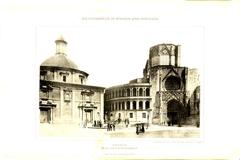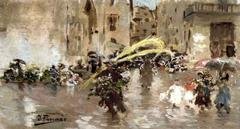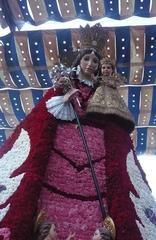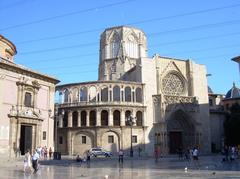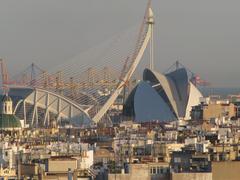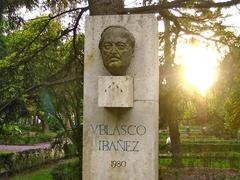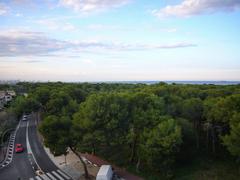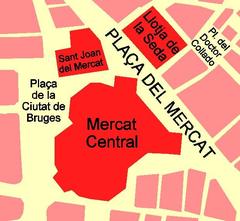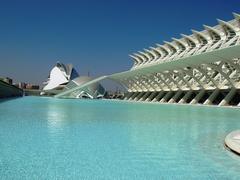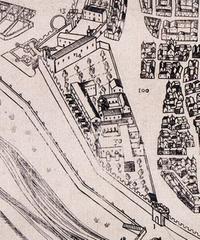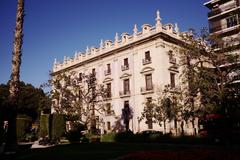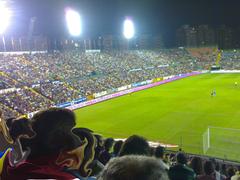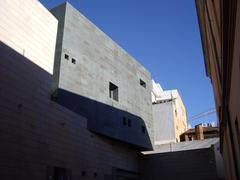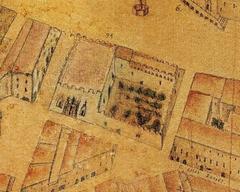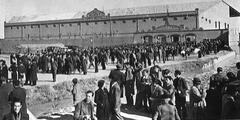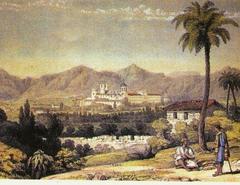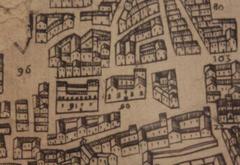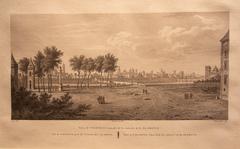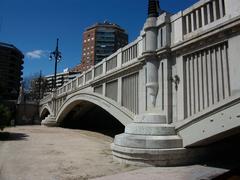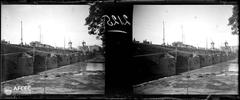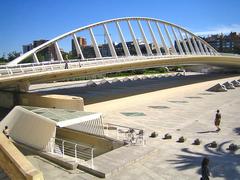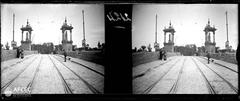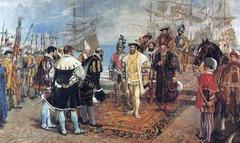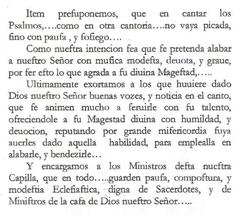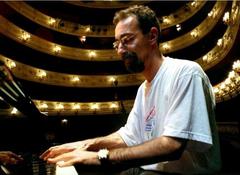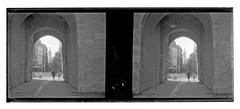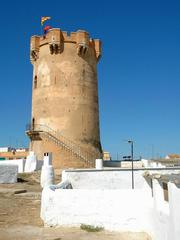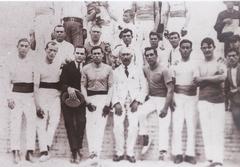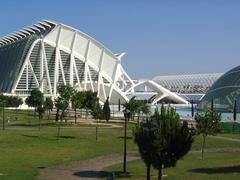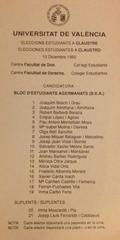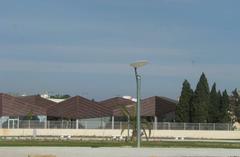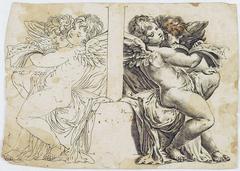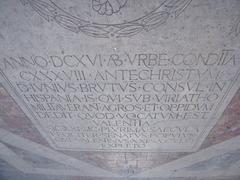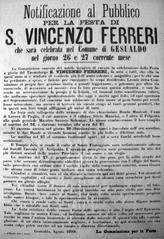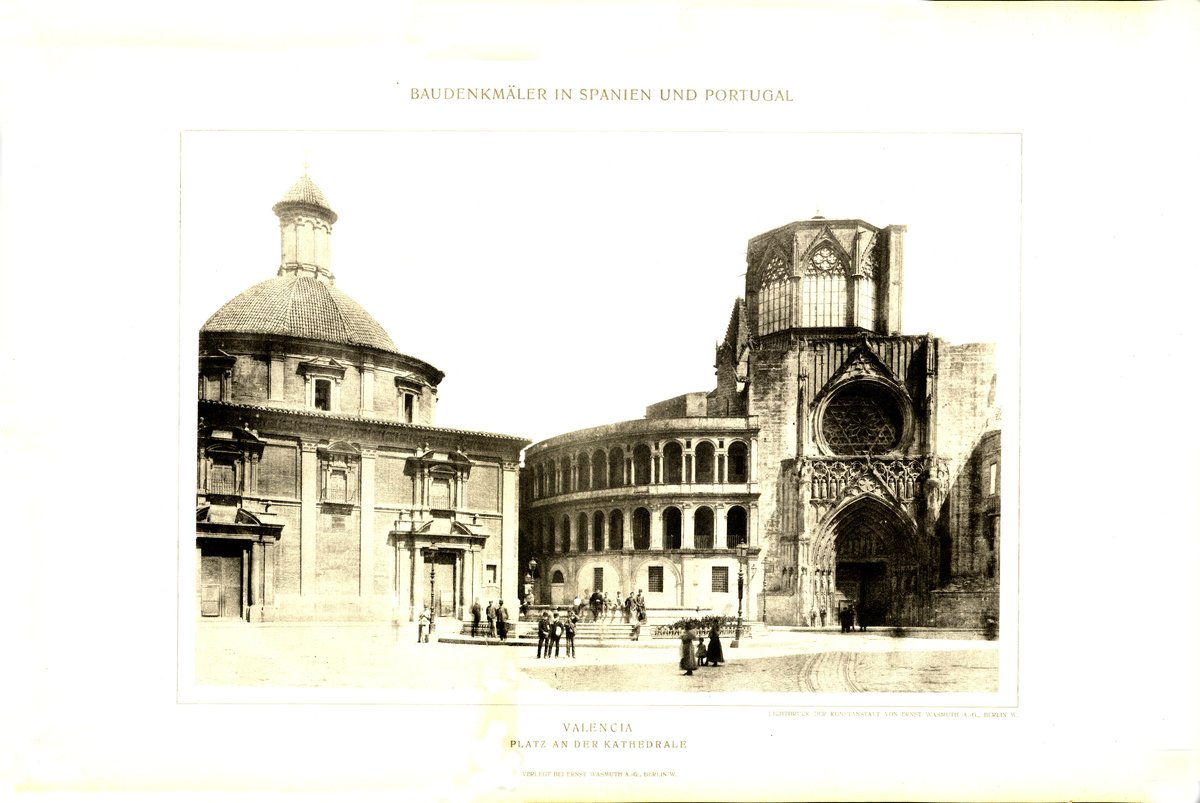
Visiting Plaça de la Verge: History, Tips, and Visitor Information
Date: 17/07/2024
Introduction
Plaça de la Verge, situated at the heart of Valencia, Spain, is a historic square that serves as a focal point for the city’s rich cultural and architectural heritage. With its origins tracing back to Roman times, the square has evolved through various historical periods, each leaving its indelible mark. This guide aims to provide a comprehensive overview of Plaça de la Verge, covering its historical significance, architectural wonders, cultural importance, and practical visitor information. From its early days as the Roman forum Valentia Edetanorum to its modern role as a bustling urban hub, Plaça de la Verge has been a witness to centuries of transformation (Valencia History, Valencia Cathedral).
Table of Contents
- Introduction
- History of Plaça de la Verge
- Architectural Highlights
- Cultural Significance
- Practical Visitor Information
- Special Events and Festivals
- Archaeological Discoveries
- Preservation and Restoration
- Visitor Experience
- FAQ
- Conclusion
History of Plaça de la Verge
Roman Origins
Plaça de la Verge, located in the heart of Valencia, Spain, has a rich history that dates back to Roman times. The square is situated on the site of the ancient Roman forum of Valencia, known as Valentia Edetanorum, which was founded in 138 BC. The forum was the center of public life in Roman cities, serving as a marketplace, judicial center, and social hub. Archaeological excavations have revealed remnants of Roman structures beneath the square, including parts of the forum and other civic buildings (Valencia History).
Medieval Transformation
During the medieval period, Valencia underwent significant changes, and Plaça de la Verge evolved along with the city. After the Christian reconquest of Valencia by King James I of Aragon in 1238, the square became an important civic and religious center. The construction of the Valencia Cathedral, which began in the 13th century, played a crucial role in shaping the square’s layout and significance. The cathedral, built on the site of a former mosque, became the focal point of the square, symbolizing the city’s Christian identity (Valencia Cathedral).
Renaissance and Baroque Developments
The Renaissance and Baroque periods brought further architectural and cultural developments to Plaça de la Verge. In the 15th century, the construction of the Basilica of the Virgin of the Helpless (Basílica de la Virgen de los Desamparados) added another layer of religious significance to the square. The basilica, dedicated to the patron saint of Valencia, became a major pilgrimage site and a symbol of the city’s devotion to the Virgin Mary. The square also saw the addition of several important civic buildings, including the Palau de la Generalitat, the seat of the Valencian government (Basilica of the Virgin).
Modern Era and Urban Development
In the 19th and 20th centuries, Plaça de la Verge underwent significant urban development and modernization. The square was redesigned to accommodate increasing traffic and the growing population of Valencia. The construction of new roads and the expansion of public spaces transformed the square into a bustling urban hub. Despite these changes, Plaça de la Verge retained its historical and cultural significance, serving as a venue for public events, festivals, and religious processions (Valencia Urban Development).
Architectural Highlights
Plaça de la Verge is surrounded by several architectural landmarks that reflect its historical evolution. The Valencia Cathedral, with its mix of Gothic, Romanesque, and Baroque styles, is a testament to the city’s rich architectural heritage. The cathedral’s bell tower, known as El Miguelete, offers panoramic views of the city and is a popular tourist attraction. The Basilica of the Virgin of the Helpless, with its distinctive dome and ornate interior, is another architectural gem that draws visitors to the square (El Miguelete).
Cultural Significance
Plaça de la Verge holds a special place in the cultural life of Valencia. The square is the site of numerous festivals and events, including the Fallas festival, which takes place every March. During Fallas, the square is adorned with elaborate sculptures and effigies, which are later burned in a spectacular display of fire and fireworks. The square is also the starting point for the Corpus Christi procession, one of the oldest and most important religious events in Valencia. These cultural traditions highlight the square’s role as a center of community life and a symbol of Valencian identity (Fallas Festival).
Practical Visitor Information
Visiting Hours
The square is open 24/7, but specific landmarks like the Valencia Cathedral and the Basilica of the Virgin of the Helpless have their own visiting hours. Generally, the cathedral is open from 10:00 AM to 6:30 PM, and the basilica from 7:30 AM to 1:00 PM and 5:00 PM to 8:30 PM.
Tickets
Entry to the square itself is free. However, tickets are required for some of the landmarks. For instance, the Valencia Cathedral charges around €7 for adults, which includes access to the cathedral, the museum, and the bell tower.
Accessibility
The square is wheelchair accessible, and most of its attractions have accommodations for visitors with disabilities.
Nearby Attractions
In addition to the square’s landmarks, visitors can explore nearby attractions such as the Central Market of Valencia and the Silk Exchange, both of which are within walking distance.
Guided Tours
Several guided tours are available that offer in-depth insights into the history and significance of Plaça de la Verge. These tours often include visits to the cathedral, the basilica, and other nearby historical sites.
Photographic Spots
For photography enthusiasts, the best spots include the steps of the Valencia Cathedral and the central fountain, which offer stunning views of the square’s architectural beauty.
Special Events and Festivals
Plaça de la Verge is a central venue for various events and festivals throughout the year. The Fallas festival in March is the most famous, featuring elaborate sculptures, parades, and fireworks. Another significant event is the Corpus Christi procession, which showcases traditional Valencian costumes and religious ceremonies. These events provide a unique opportunity to experience the vibrant culture and traditions of Valencia.
Archaeological Discoveries
Recent archaeological excavations in Plaça de la Verge have uncovered significant findings that shed light on the square’s ancient past. In 2020, archaeologists discovered the remains of a Roman temple beneath the square, believed to be dedicated to the goddess Diana. The temple’s foundations and fragments of its columns provide valuable insights into the religious practices of ancient Valencia. These discoveries have sparked renewed interest in the square’s history and have led to ongoing efforts to preserve and study its archaeological heritage (Roman Temple Discovery).
Preservation and Restoration
Efforts to preserve and restore Plaça de la Verge have been ongoing for decades. The square’s historical buildings, including the Valencia Cathedral and the Basilica of the Virgin of the Helpless, have undergone extensive restoration to maintain their structural integrity and historical authenticity. The local government has also implemented measures to protect the square’s archaeological sites and promote public awareness of its historical significance. These preservation efforts ensure that Plaça de la Verge remains a vibrant and historically rich part of Valencia’s urban landscape (Valencia Preservation).
Visitor Experience
Today, Plaça de la Verge is a must-visit destination for tourists exploring Valencia. The square’s historical landmarks, cultural events, and vibrant atmosphere make it a focal point of the city’s tourism industry. Visitors can explore the architectural wonders of the Valencia Cathedral and the Basilica of the Virgin of the Helpless, enjoy the lively ambiance of the square’s cafes and restaurants, and participate in the numerous festivals and events that take place throughout the year. Plaça de la Verge offers a unique blend of history, culture, and modernity, making it an unforgettable experience for all who visit (Valencia Tourism).
FAQ
What are the visiting hours for Plaça de la Verge?
- The square is open 24/7, but specific landmarks like the Valencia Cathedral and the Basilica of the Virgin of the Helpless have their own visiting hours. The cathedral is generally open from 10:00 AM to 6:30 PM, and the basilica from 7:30 AM to 1:00 PM and 5:00 PM to 8:30 PM.
Do I need tickets to visit Plaça de la Verge?
- Entry to the square itself is free. However, tickets are required for landmarks like the Valencia Cathedral, which charges around €7 for adults.
What are some nearby attractions?
- Nearby attractions include the Central Market of Valencia and the Silk Exchange, both within walking distance.
Are guided tours available?
- Yes, several guided tours offer in-depth insights into the history and significance of Plaça de la Verge.
Is the square wheelchair accessible?
- Yes, the square is wheelchair accessible, and most attractions have accommodations for visitors with disabilities.
Conclusion
Plaça de la Verge’s rich history, architectural beauty, and cultural significance make it a central part of Valencia’s heritage. From its Roman origins to its role as a modern urban hub, the square has witnessed centuries of change and development. Today, it stands as a testament to Valencia’s historical legacy and continues to be a vibrant center of community life and tourism. Don’t forget to download the mobile app Audiala, check out other related posts, and follow us on social media for more updates on Valencia’s historical sites (Valencia Tourism, Fallas Festival).
References
- Valencia History, n.d., https://www.valenciahistory.com
- Valencia Cathedral, n.d., https://www.catedraldevalencia.es
- Basilica of the Virgin, n.d., https://www.basilicavirgendelosdesamparados.org
- Valencia Urban Development, n.d., https://www.valenciaurbanplanning.com
- El Miguelete, n.d., https://www.elmiguelete.com
- Fallas Festival, n.d., https://www.fallas.com
- Roman Temple Discovery, n.d., https://www.archaeologyvalencia.com
- Valencia Preservation, n.d., https://www.valenciapreservation.org
- Valencia Tourism, n.d., https://www.visitvalencia.com
- Almoina Archaeological Center, n.d., https://www.visitvalencia.com/en/what-to-visit-valencia/museums/almoina-archaeological-center
- Serranos Towers, n.d., https://www.visitvalencia.com/en/what-to-visit-valencia/monuments/top-monuments/serranos-towers
- Central Market, n.d., https://www.visitvalencia.com/en/what-to-visit-valencia/monuments/top-monuments/central-market
- Corpus Christi, n.d., https://www.visitvalencia.com/en/what-to-do-valencia/festivities/corpus-christi
